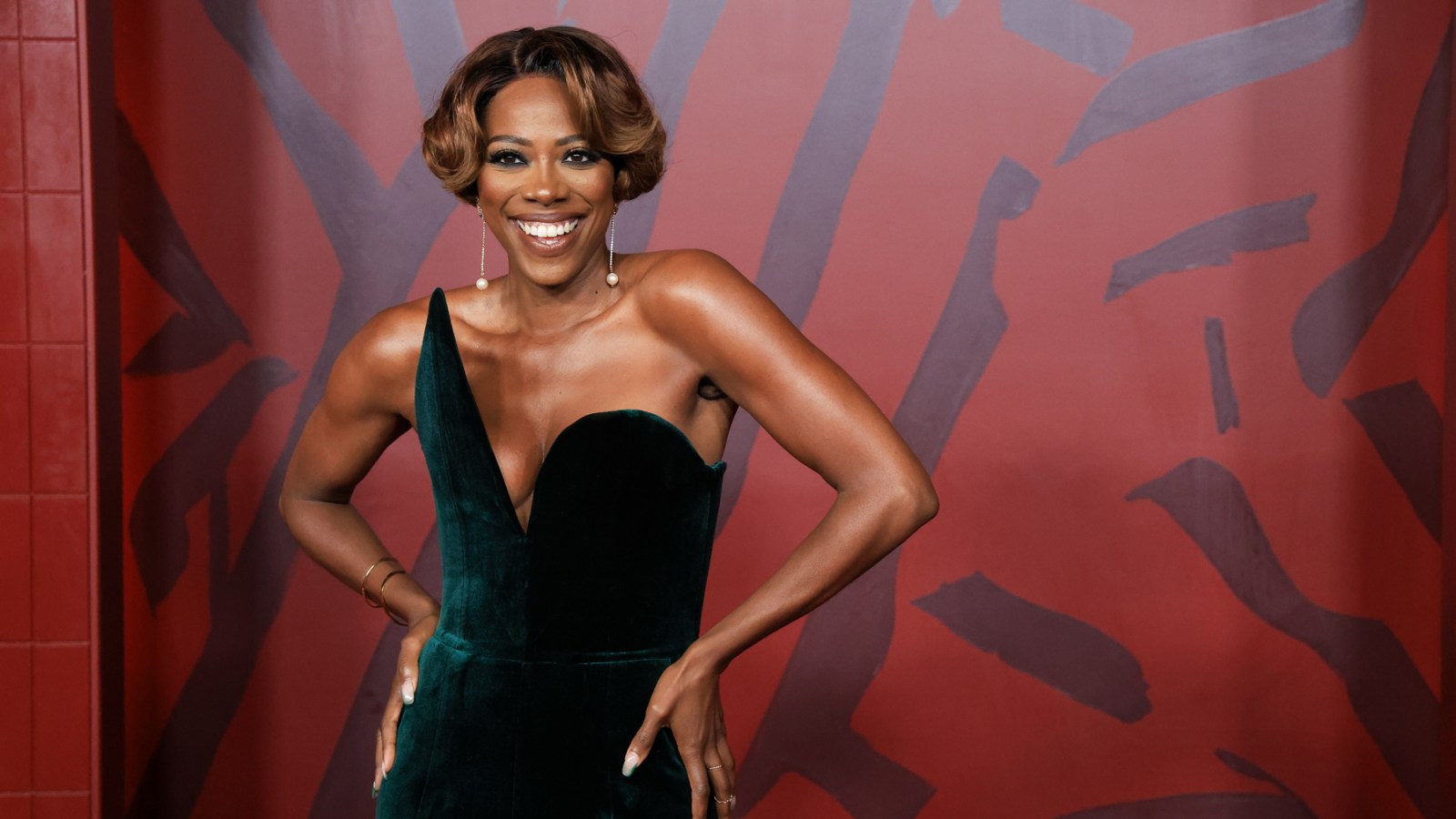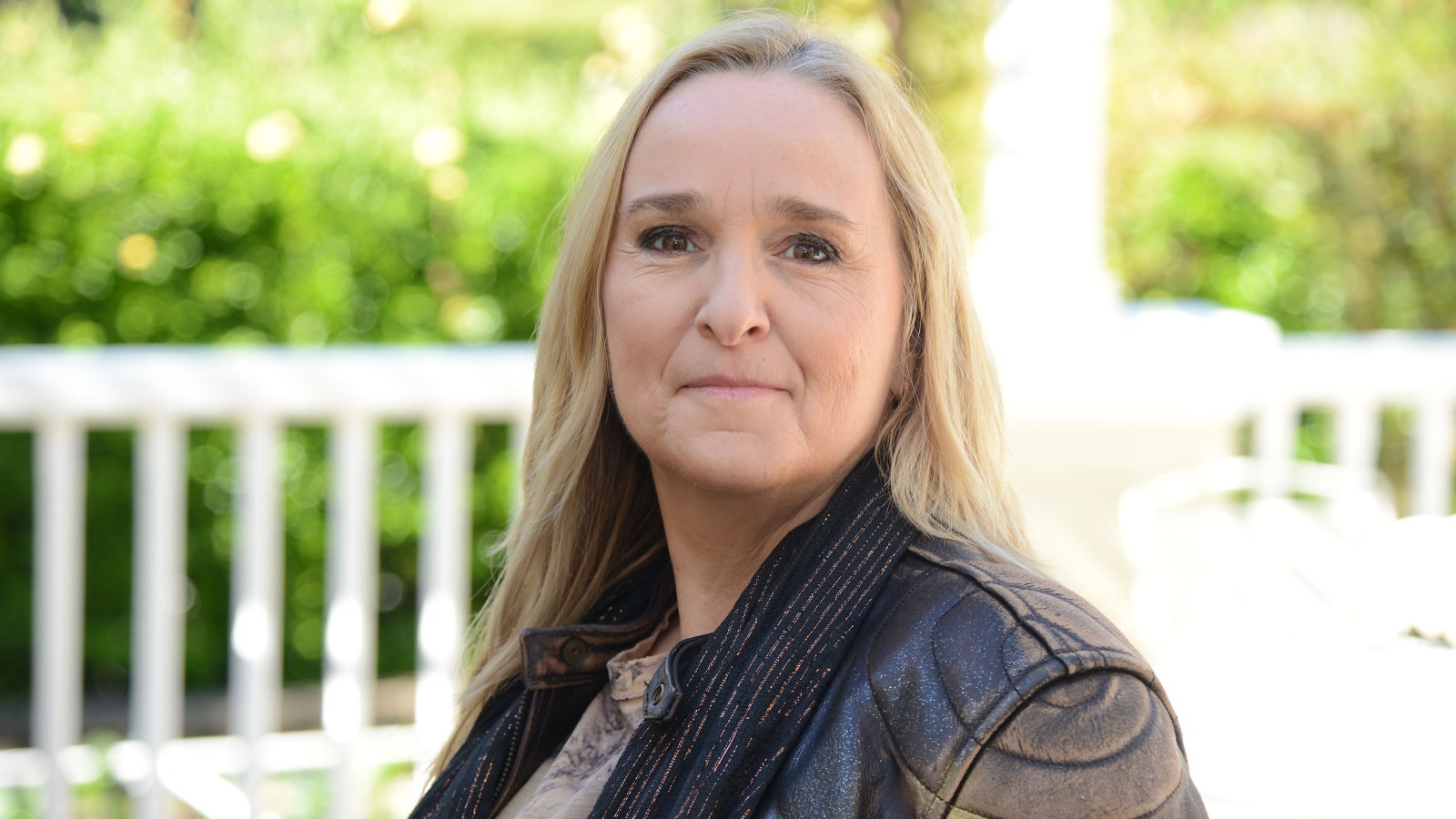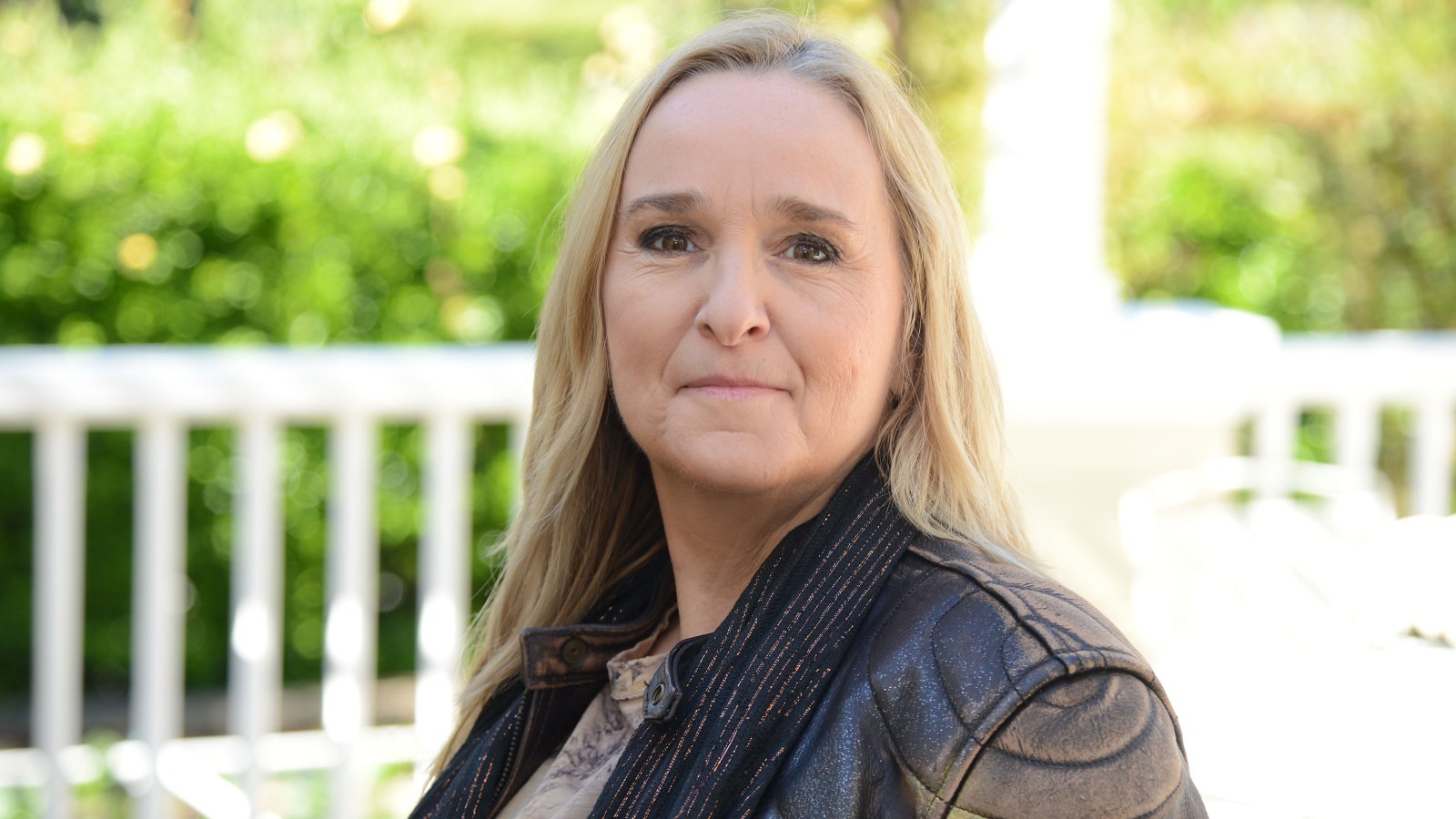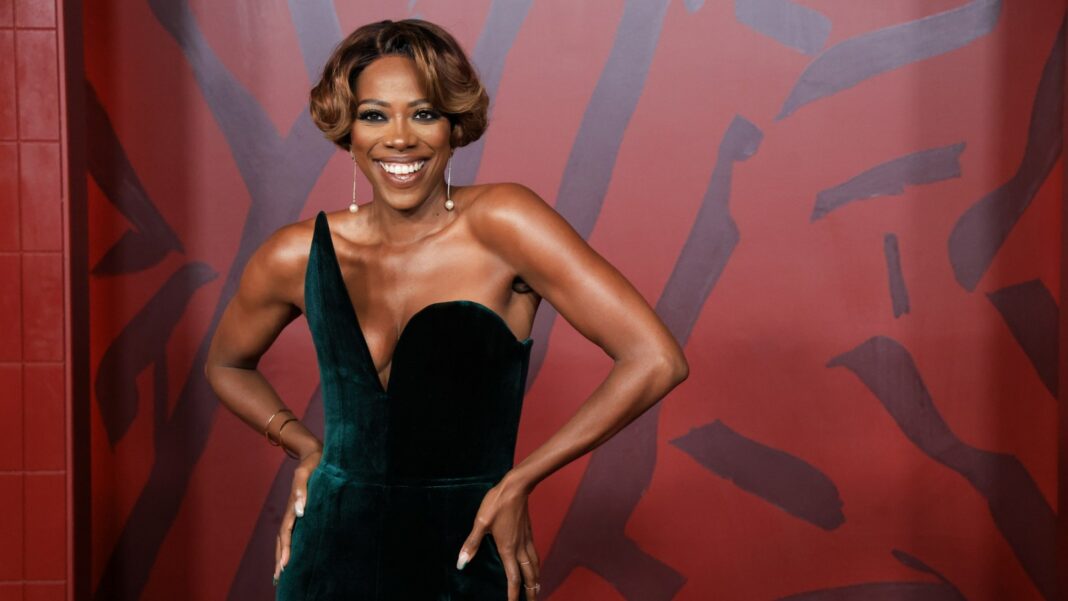In the age of social media, where outrage and outrage-mongering have become the norm, few trends have captured the world’s attention quite like the “balloon challenge”. The now-infamous viral sensation, where individuals would attempt to pop a balloon tied to their wrist, sparked a global frenzy of morbid fascination and ruthless competition. As the hashtag #PopTheBalloon trended on Twitter, many were shocked by the raw, toxic response it elicited from some – with vitriol and vituperation spilling out as freely as the air from the balloons themselves.

New Host, Same Energy

Unionjournalism has been closely monitoring the developments around the reality show “Pop The Balloon”, which has recently announced a major transition with the introduction of Yvonne Orji as its new host. Orji, known for her role in the HBO series “Insecure,” brings a blend of comedic timing and genuine warmth to the role, which could potentially alter the tone and dynamic of the show. The addition of Orji, a beloved figure in the entertainment industry, could attract a broader audience and introduce a new layer of depth to the interactions between participants, while still maintaining the raw and unfiltered nature of the original format.

The Impact of “Pop The Balloon” on Dating Culture
Changing Perceptions of Online Dating
Since its inception, “Pop The Balloon” has had a significant impact on the dating culture, particularly in how individuals approach both online and in-person dating. The show’s format, which candidly exposes the underlying biases and immediate judgments made by potential partners, has shed light on the often superficial nature of initial dating interactions. This exposure has led many to question their own biases and consider adopting a more thoughtful approach to forming initial impressions. The show’s influence is evident in the growing number of articles and discussions on dating forums and blogs, where viewers discuss their own dating experiences in light of the show’s revelations.
Influence on Reality TV and Social Media
The influence of “Pop The Balloon” extends beyond the dating community and has impacted the broader reality TV and social media landscapes. The show’s unique format has inspired similar games and challenges on platforms such as TikTok, where users recreate the balloon-popping scenario with friends and family. The show’s creators, Bolia Matundu and Arlette Amuli, have seen their content reach millions on YouTube, with many clips being repurposed and shared widely on social media. The show has also been parodied on popular TV shows like Saturday Night Live, highlighting its cultural significance and broad appeal.
Behind the Scenes: The Makers of “Pop The Balloon”
The Creators’ Journey
Bolia Matundu and Arlette Amuli, the creators of “Pop The Balloon,” have experienced a remarkable journey from their initial YouTube channel to securing a major deal with Netflix. The couple, who started with a simple concept aimed at exploring the extremes of human judgment, has seen their content evolve into a cultural phenomenon. Their journey from independent content creators to established producers is a testament to the power of innovative formats and the ability to tap into a hungry audience for authentic and engaging content.
Challenges and Triumphs
Despite its immense popularity, “Pop The Balloon” has faced criticism regarding issues such as colorism and body shaming. In interviews, Amuli has addressed these concerns, emphasizing that the viral moments are often isolated incidents and not representative of the show’s overall message. The creators have actively worked to mitigate such issues by implementing stricter guidelines and fostering a more inclusive environment. Through these efforts, they have maintained the show’s integrity and continued to grow its audience, demonstrating their commitment to producing content that is both entertaining and socially responsible.
The Future of “Pop The Balloon”
Expanding the Audience
The transition of “Pop The Balloon” to Netflix with Yvonne Orji at the helm is expected to significantly expand its viewer base. The show’s new format, as a primetime live TV event, is likely to attract a diverse audience, including those new to the series. The creators and new host will need to employ strategic marketing and content development to ensure that the show appeals to a broader demographic, potentially including international audiences. By leveraging the reach and resources of Netflix, the show could tap into new markets and bring more viewers into the fold, broadening its impact on dating culture and reality television.
Maintaining Authenticity
As “Pop The Balloon” transitions from a grassroots YouTube sensation to a mainstream production, maintaining authenticity will be crucial. The creators, Bolia Matundu and Arlette Amuli, must ensure that the new version of the show retains the raw, unfiltered nature that made it a hit on YouTube. While the move to a live TV format on Netflix introduces a polished production quality, the essence of the show’s candid and often brutally honest moments is key to its appeal. The creators will need to balance the need for high production values with the show’s core elements to preserve its unique charm and continue to resonate with its audience.
Conclusion
In the article “‘Pop The Balloon’ Already Brought Out the Worst In People. Then It Got a TV Deal” from Rolling Stone, we explored the alarming rise of the viral TikTok challenge “Pop the Balloon” and its devastating consequences. The challenge, which involves popping a balloon filled with water inside a person’s stomach, has led to numerous cases of injuries, hospitalizations, and even deaths. The article highlights how the challenge’s popularity has brought out the worst in people, with many ignoring the risks and consequences, and instead focusing on the thrill and excitement of the challenge.
The significance of this topic lies in the fact that it showcases the darker side of social media and the impact it can have on people’s behavior. The challenge’s popularity is a stark reminder of the dangers of viral trends and the importance of responsible online content creation. The article also raises important questions about the role of social media platforms in regulating and policing harmful content, and the need for greater accountability and oversight.
As we move forward, it is crucial that we learn from the mistakes of “Pop the Balloon” and work towards creating a safer and more responsible online environment. This requires a collective effort from social media platforms, content creators, and users themselves to promote positive and respectful online behavior. Ultimately, the story of “Pop the Balloon” serves as a stark reminder that our actions online have real-world consequences, and it is up to us to use our platforms for good, not harm.
